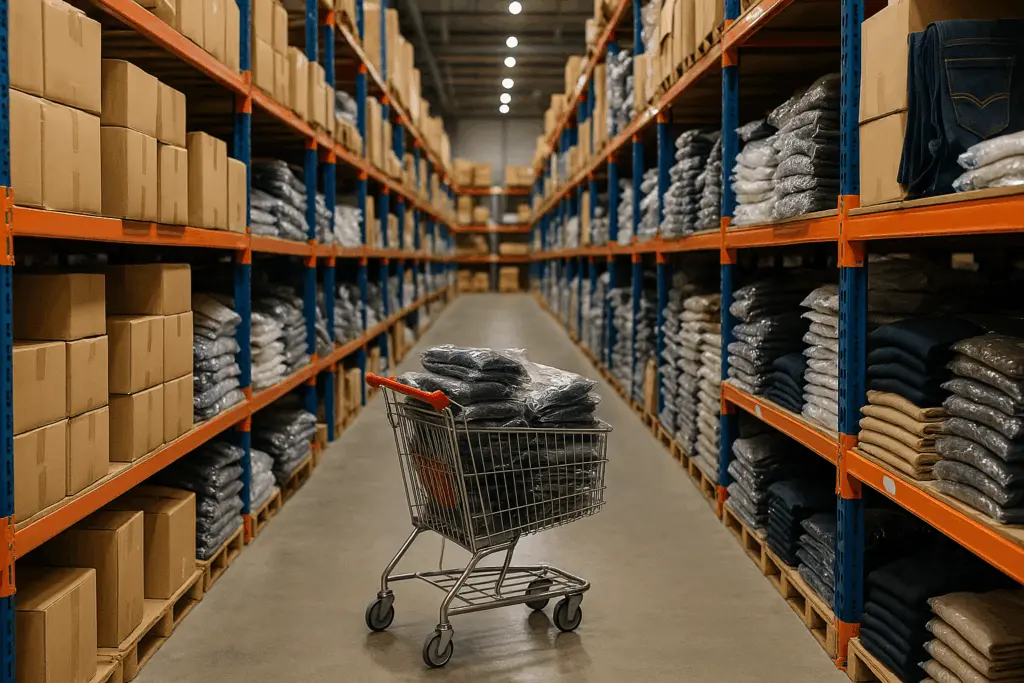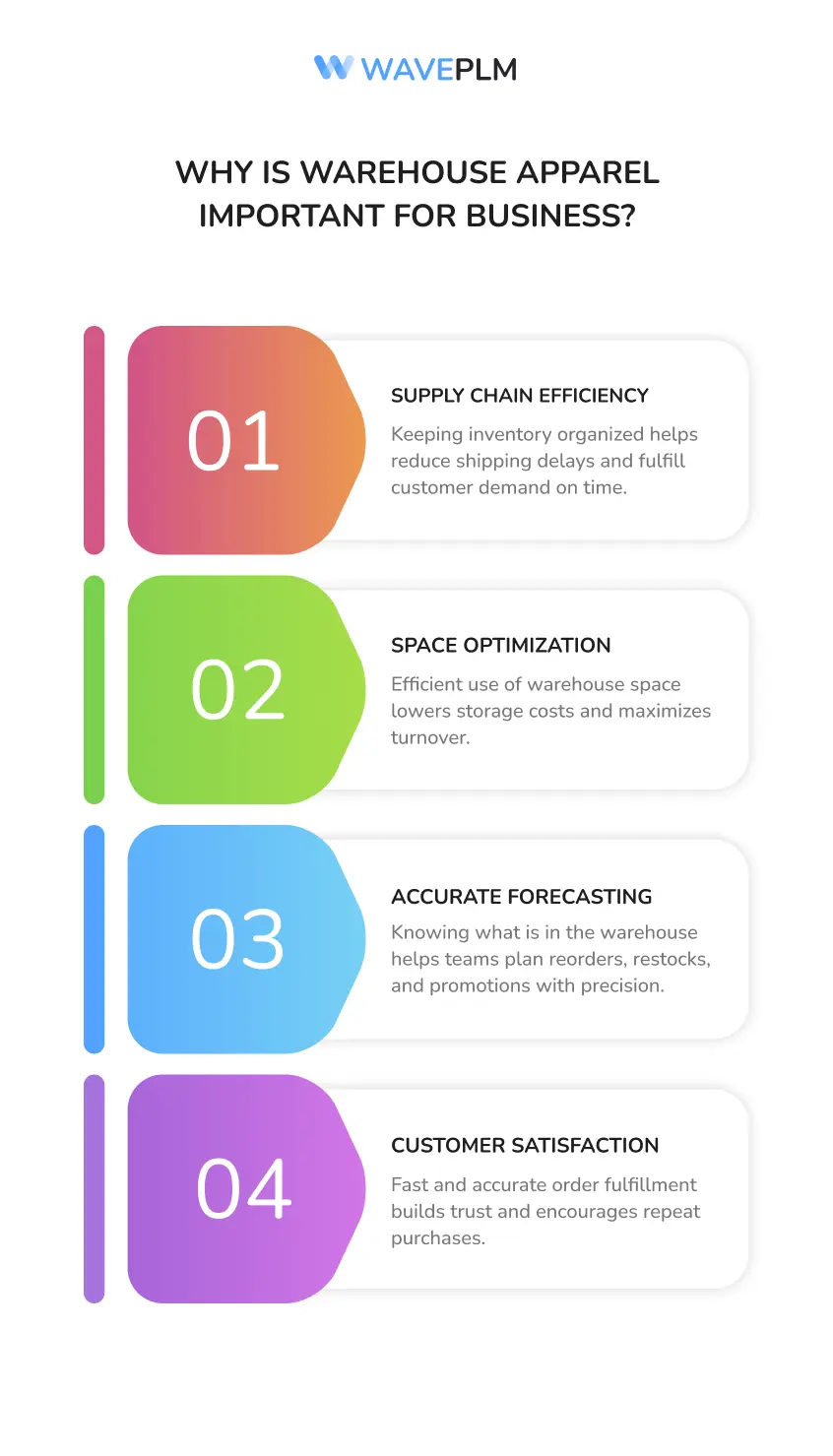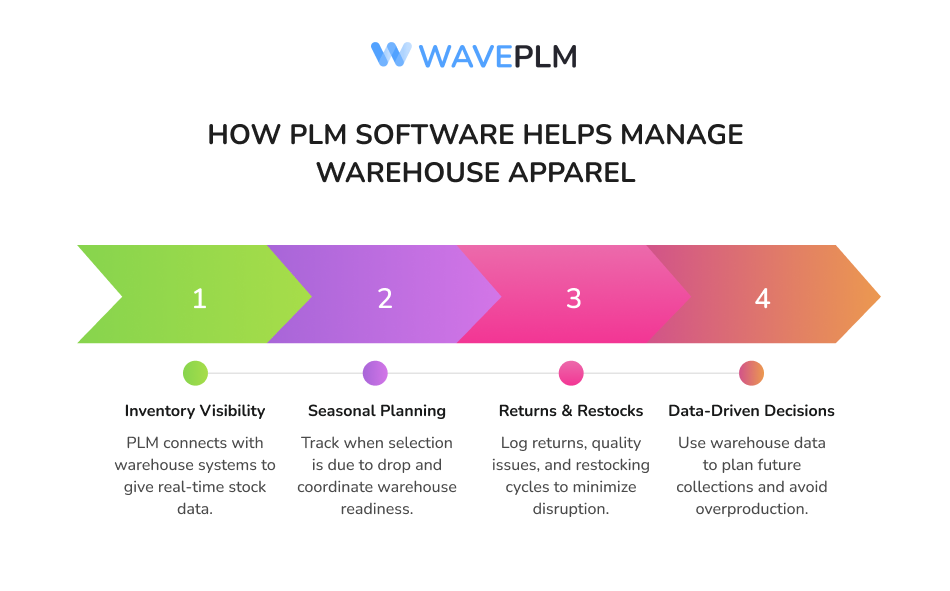
In the fast-paced world of fashion logistics, brands must balance creativity with operational efficiency. One critical element often overlooked is warehouse apparel—not the clothes worn by workers, but the apparel physically stored in warehouses. This term refers to the clothing inventory housed in distribution centers before it is sold, shipped, or displayed in a shop. Managing warehouse apparel effectively can make or break a fashion business.
Introduction to Warehouse Apparel
Warehouse Apparel is a leading online fashion retailer that offers a wide range of clothing and fashion items for women. With a strong online presence, the company provides a quick shop experience, allowing customers to easily browse and purchase their favorite products. As a business, Warehouse Apparel is committed to providing high-quality apparel that makes customers feel confident and stylish.
From hoodies to dresses, the company’s product category is diverse and caters to different tastes and preferences. Whether you’re looking for casual wear or a formal outfit, Warehouse Apparel has got you covered. With a variety of colors to choose from, including orange, blue, and many more, customers can easily find the perfect match for their style.
History and Evolution of Warehouse Clothing
Warehouse Clothing was founded with the goal of providing trendy and affordable clothing options to women. Over the years, the company has evolved to become a leading player in the fashion industry. With a focus on quality and customer satisfaction, Warehouse Clothing has expanded its product line to include a wide range of categories, from workwear to casual wear.
The company’s history is marked by a commitment to innovation and excellence, with a team of experts who work tirelessly to ensure that every product meets the highest standards. From designing to manufacturing, Warehouse Clothing takes pride in its attention to detail, ensuring that every item is error-free and of the highest quality. Today, the company is a go-to destination for women who want to stay on top of the latest fashion trends without breaking the bank.
What Does Warehouse Apparel Mean?
Warehouse apparel refers to clothing products stored in a warehouse. This includes:
- Ready-to-ship pants and tops
- Unsold inventory
- Seasonal selection awaiting release
- Overstocks and returns
Effective inventory management is crucial for maintaining the balance between supply and demand.
These garments are part of a brand’s physical inventory and represent tied-up capital. Poor warehouse management can lead to overstock, markdowns, and waste—all of which hurt quality and profitability.
Why Is Warehouse Apparel Important for Business?
- Supply Chain Efficiency
Keeping inventory organized helps reduce shipping delays and fulfill customer demand on time. - Space Optimisation
Efficient use of warehouse space lowers storage costs and maximizes turnover. - Accurate Forecasting
Knowing what is in the warehouse helps teams plan reorders, restocks, and promotions with precision. - Customer Satisfaction
Fast and accurate order fulfillment builds trust and encourages repeat purchases.

Sustainability in Warehouse Apparel
At Warehouse Apparel, sustainability is a top priority. The company recognizes the impact of the fashion industry on the environment and is committed to reducing its carbon footprint. From using eco-friendly materials to implementing sustainable manufacturing practices, Warehouse Apparel is dedicated to making a positive difference.
The company’s small but significant steps towards sustainability include reducing waste, using energy-efficient equipment, and promoting recycling. By choosing Warehouse Apparel, customers can feel good about their purchase, knowing that they are supporting a business that cares about the planet. Whether you’re looking for a blue dress or an orange hoodie, you can trust that Warehouse Apparel has taken the necessary steps to ensure that its products are not only stylish but also sustainable.
Common Challenges in Warehouse Apparel Management
|
Challenge |
Description |
|---|---|
|
Overstock |
Excess inventory ties up cash and takes up warehouse space |
|
Inaccurate Inventory |
Mismatches between physical stock and system records |
|
Slow Turnover |
Seasonal styles that miss their shop sales window |
|
Poor Tracking |
Lack of real-time visibility into warehouse inventory status |
Managing warehouse apparel comes with its own set of logistics challenges, from overstock to inaccurate inventory.
Quality Control and Assurance
Quality control is at the heart of Warehouse Apparel’s business. The company has a rigorous quality assurance process in place to ensure that every product meets the highest standards. From the initial design stage to the final product, Warehouse Apparel’s team of experts checks for any errors or defects, ensuring that every item is perfect. The company’s quality control process includes regular inspections, testing, and feedback from customers.
By listening to its customers and taking their feedback seriously, Warehouse Apparel is able to continually improve its products and services. Whether you’re shopping online or in-store, you can trust that Warehouse Apparel’s products are of the highest quality and will make you look and feel great. With a variety of products to choose from, including hoodies, dresses, and workwear, customers can easily find the perfect item to add to their cart.
Fashion Trends and Warehouse Apparel
Warehouse Apparel is always on top of the latest fashion trends. The company’s team of experts closely follows the latest styles and must-haves, ensuring that its products are always in line with what’s hot and what’s not. From casual wear to formal outfits, Warehouse Apparel offers a wide range of products that cater to different tastes and preferences.
Whether you’re looking for a statement piece or an everyday essential, the company’s products are designed to make you look and feel great. With new products added to the site every day, customers can always find something new and exciting to add to their wardrobe. By providing a quick and easy shopping experience,
Warehouse Apparel makes it easy for customers to stay on top of the latest fashion trends and look their best. With a focus on quality, sustainability, and customer satisfaction, Warehouse Apparel is the perfect destination for anyone looking for stylish and affordable clothing.
How PLM Software Helps Manage Warehouse Apparel
Product Lifecycle Management (PLM) software solutions support fashion brands in managing warehouse apparel more effectively. Here’s how:
- Inventory Visibility: PLM connects with warehouse systems to give real-time stock data.
- Seasonal Planning: Track when selection is due to drop and coordinate warehouse readiness.
- Returns and Restocks: Log returns, quality issues, and restocking cycles to minimize disruption.
- Data-Driven Decisions: Use warehouse data to plan future collections and avoid overproduction.

Tips to Optimize Warehouse Apparel
- Conduct regular warehouse stock audits to improve efficiency
- Use barcodes or RFID for accurate tracking
- Segment warehouse inventory by season or category
- Link warehouse systems with PLM and ERP
- Analyze sales and return patterns
FAQ: What else can Warehouse Clothing be?
What Happened to the Warehouse Clothing Brand?
Originally founded in 1976 in the UK, the Warehouse clothing brand has undergone significant brand evolution over the years. It was known for stylish and affordable fashion. It merged with Oasis in 1991 and changed ownership several times. Due to the impact of COVID-19 and changes in consumer behavior, the brand entered administration in 2020. Boohoo, an online clothing retailer, later acquired the rights to Warehouse and Oasis brands.
What Is a Clothing Warehouse?
A clothing warehouse, or distribution center, is a storage facility where clothing inventory is housed before distribution. These locations are critical in ensuring that fashion brands can check and fulfill orders efficiently and on time. Many modern warehouses use automated systems to streamline operations and ensure accuracy.
What Workwear Do Warehouse Workers Wear?
Warehouse workers typically wear functional workwear and safety gear designed for safety and ease of movement. This can include high-visibility vests, reinforced pants, steel-toed boots, and gloves. Clothing must ensure comfort during long shifts and physical tasks throughout the day.
Conclusion
Warehouse apparel is more than just clothes in storage—it’s a key part of your brand’s supply chain management. With the right systems and strategies, you can turn warehouse inventory into a powerful tool for boosting efficiency, customer satisfaction, and profitability. Whether you run a boutique or a global shop, smart warehouse practices can elevate your entire business.





Leave a Reply